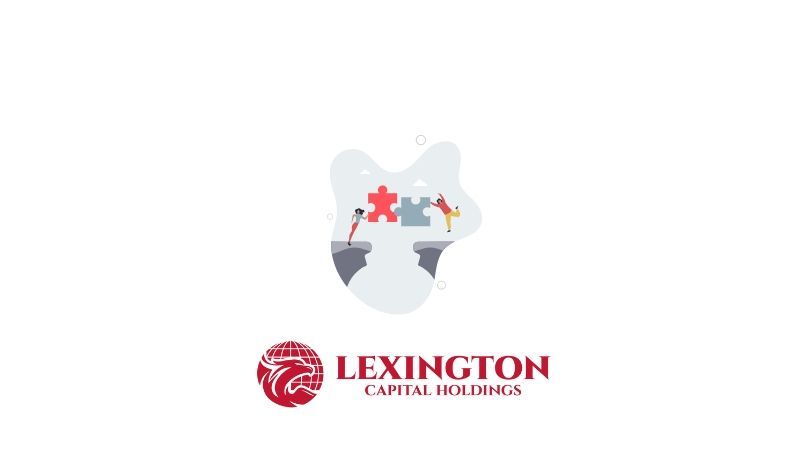How to Turn Seasonal Revenue into Year-Round Profitability
How to Turn Seasonal Revenue into Year-Round Profitability
Many businesses experience seasonal fluctuations in revenue, with peak sales during specific months and slow periods in others. While this cycle is natural for industries like tourism, retail, and landscaping, it can create financial instability if not managed correctly. The key to long-term success is transforming seasonal revenue into consistent profitability, ensuring your business remains strong even in the off-season.
Here’s how businesses can stabilize cash flow, maximize revenue potential, and maintain financial health year-round.
1. Diversify Your Offerings to Generate Off-Season Revenue
Relying solely on peak-season sales can leave a business vulnerable during slow months. Expanding your product or service lineup to include complementary offerings can create new revenue streams.
- Retail stores: Introduce holiday-themed or off-season products to maintain customer engagement.
- Tourism businesses: Offer virtual experiences, memberships, or educational content during slower travel months.
- Landscaping services: Expand into snow removal or holiday lighting installations in the winter.
Why It Works
By diversifying, businesses can continue to serve their target market even when their primary services are out of season, reducing revenue gaps.
2. Create Subscription or Membership Programs
A steady stream of recurring revenue can help smooth out financial inconsistencies throughout the year. Subscriptions and memberships provide customers with ongoing value while ensuring predictable income for the business.
- Gyms and fitness centers: Offer year-round memberships instead of one-time seasonal promotions.
- E-commerce brands: Implement a subscription model for replenishable goods.
- Hospitality businesses: Provide VIP programs with exclusive benefits for returning guests.
Why It Works
Customers appreciate consistency and exclusive perks, while businesses benefit from a reliable cash flow that isn’t tied to seasonal trends.
3. Plan Ahead with a Line of Credit
Many seasonal businesses struggle with cash flow shortages when expenses continue but revenue slows. A business line of credit provides the flexibility to cover operational costs, invest in marketing, or stock up on inventory before the busy season starts.
- Retailers: Secure inventory at off-season discounts.
- Service-based businesses: Fund payroll and essential expenses even when demand dips.
- Restaurants: Cover operational costs while waiting for peak dining months to return.
Why It Works
Instead of scrambling for funding when cash runs low, businesses can use a pre-approved line of credit to bridge financial gaps and take advantage of growth opportunities.
4. Leverage Off-Season for Business Improvements
The slower months present an opportunity to focus on business development. Investing in upgrades, training, and new marketing initiatives can set the stage for a stronger peak season.
- Invest in staff training to improve customer service.
- Upgrade technology or equipment to enhance efficiency.
- Revamp marketing strategies by optimizing digital presence and launching pre-season campaigns.
Why It Works
Using the off-season strategically helps businesses return to peak months stronger, more efficient, and ready to maximize revenue.
5. Target New Markets and Audiences
Expanding into different customer segments or geographic areas can help reduce reliance on seasonal income. Digital platforms and e-commerce make it easier than ever to reach broader audiences.
- Local businesses: Explore online sales to reach customers beyond your region.
- Hospitality brands: Market to corporate clients or event planners during slower periods.
- Outdoor service providers: Offer year-round contracts instead of one-time jobs.
Why It Works
By tapping into new audiences, businesses reduce dependency on a single customer base and create additional income streams.
6. Run Strategic Promotions During Slow Periods
Encouraging off-season sales through well-timed promotions can help keep revenue flowing. Discounted pricing, loyalty rewards, and limited-time offers incentivize customers to buy even when demand is lower.
- Hotels and resorts: Offer discounted winter rates to attract travelers.
- Retail stores: Launch flash sales on inventory that isn’t selling.
- Service providers: Create bundled packages to encourage repeat customers.
Why It Works
Strategic promotions help maintain customer engagement and keep revenue coming in during the slower months.
Conclusion
Seasonal businesses don’t have to be limited by fluctuating demand. By diversifying offerings, implementing memberships, securing a business line of credit, and targeting new markets, companies can maintain financial stability year-round. At Lexington Capital Holdings, we provide flexible funding solutions, including business lines of credit and working capital loans, to help businesses manage cash flow, invest in growth, and stay ahead of financial challenges—no matter the season. With strong banking relationships, a remote and efficient funding process, and a dedicated team of experts, we ensure businesses have the resources needed to thrive all year long.











